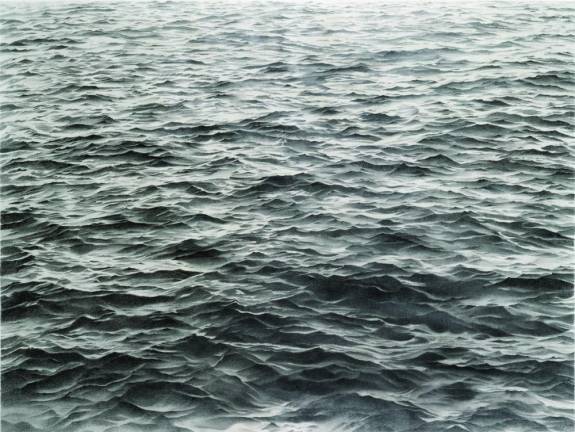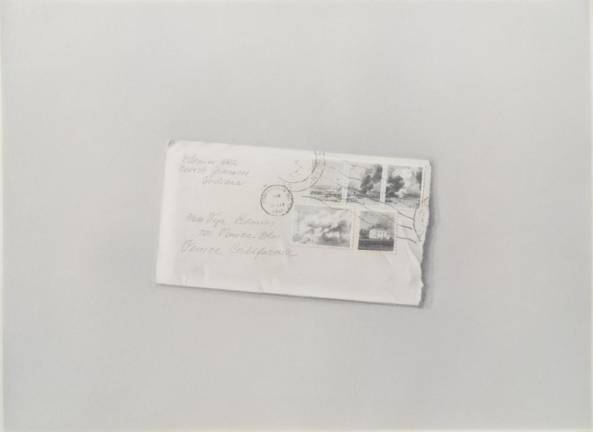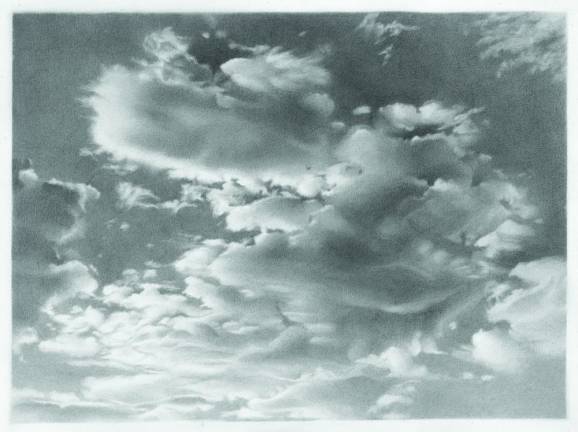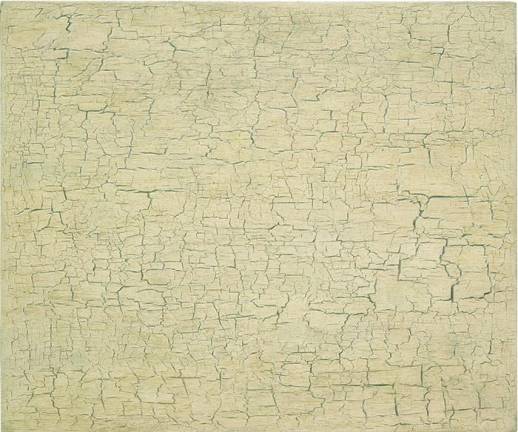Picturing Time
Vija Celmins Conjures Moments at the Met Breuer




"Vija Celmins: To Fix the Image in Memory" at the Met Breuer presents the first retrospective in over 25 years for an artist who has been quietly pushing boundaries for more than five decades.
It was worth the wait.
Celmins' work is evocative, rhythmic, expressive, meditative, challenging, simultaneously expansive and reductive, and absolutely exquisite. It's filled with both constancy and contradictions. The overview, co-curated by Ian Alteveer at The Met and Gary Garrels at the San Francisco Museum of Modern Art (SFMOMA), where it was first shown, comprises paintings, sculptures, and drawings, and includes subjects that range from small, personal objects to waves in the ocean and vast expanses of space.
"If you really look at an image, it stays in your memory ... then memory does other things to it. Sometimes a work fades, sometimes it stays...it's an alive experience," the wall text quotes Celmins as saying. Her work, which she characterizes as "redescription," meticulously renders images from the world around her.
The Simple and Profound Stuff of the World
Celmins' work encompasses moments and vision. When you look at her incredibly detailed, technically astonishing drawings of expanses of ocean, or desert, or space, or objects or events, they do something almost magical. Somehow, the amount of time she spent on her drawings forces the viewer to look carefully, slowly, and meticulously. It's impossible not to ponder the hours upon hours they took to create, and because of that, Celmins' work transmits not just imagery, but temporality. She's not just expressing, but imparting moments. As you slow down to look, the artists' experience of time affects your experience of time.
From surfaces of land, sea and space, to eggshells, spider webs and stones, it's the simple and profound stuff of the world that draws her attention, and to which she directs ours. She points out, and then fixes in memory, everyday objects like lamps, erasers and envelopes, but also the profound mysteries of distant universes. Each of those things suggests other things – like light, time, loss, and life.
And yet, they're more than perfect renderings. Somehow, their flat surfaces convey depth. Some viewers see them as meditative, some as conceptual art. Because she uses photographs as the basis of her drawings, some see them as art about art. Some may feel they evoke the wonders of nature like a majestic Ansel Adams photograph, some may find in them a dialogue on banality carried over from Pop Art. They're simultaneously textural and flat. You can consider them either perfect realism or absolute artifice. Sheena Wagstaff, The Met's chairman of modern and contemporary art noted that Celmins' works "keep us trapped on their delectable surfaces to enjoy a kind of double reality, between art and our world."
Wonders Seen and Unseen
Vija Celmins was born in Latvia in 1938. Her family fled from the Soviet army, living in refugee camps till the end of World War II. After immigrating to Indianapolis in 1948, she headed to the West Coast to study art in the 1960s just as realism was being declared irrelevant, while abstraction, installation, performance, and Pop were on the rise. Some of those influences come through in 5th floor opening gallery, filled with paintings and sculptures of things like lamps, space heaters and pencils. But quickly, the show moves to her pencil drawings where a different world opens. In pictures of zeppelins, airplane bombers, newspapers, car crashes, and burning buildings, violent images are made still and quiet.
Downstairs, on the 4th floor, the stillness and quiet extends. There, you encounter infinities of oceans and space, infinitesimal details in a spider's web, cracks on the desert floor, wonders unseen. In drawings of waves, the lines are so small, you can only see them from a distance of inches. Step back and the ocean opens up, without horizon or edges, suggesting vastness. And, just when you think you understand how she conjures reality, the next piece changes it. Some waves are composed of countless lines thinner than thread; others are aggregations of smudgy triangles.
"To Fix the Image in Memory" is a show unlike any other, deeply poetic, bringing to mind a passage from T.S. Eliot's poem, “Burnt Norton.” "To be conscious is not to be in time, But only in time can the moment in the rose-garden, The moment in the arbour where the rain beat, The moment in the draughty church at smokefall, Be remembered; involved with past and future. Only through time time is conquered." Vija Celmins' work somehow freezes time to present it to you. The more you look, the greater the gift.
IF YOU GO
What: "Vija Celmins: To Fix the Image in Memory"
Where: The Met Breuer 945 Madison Ave
When: Through January 12, 2020
metmuseum.org